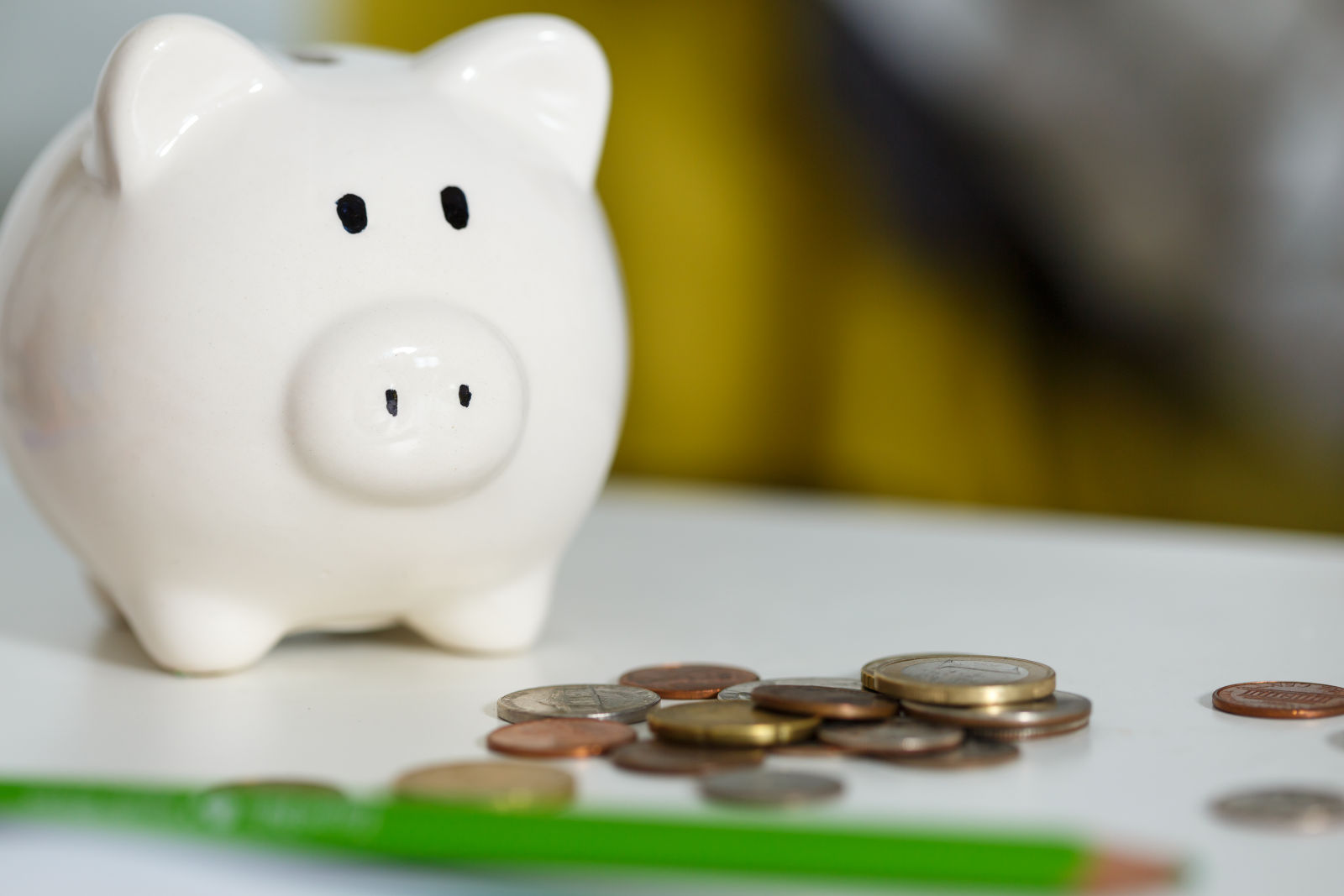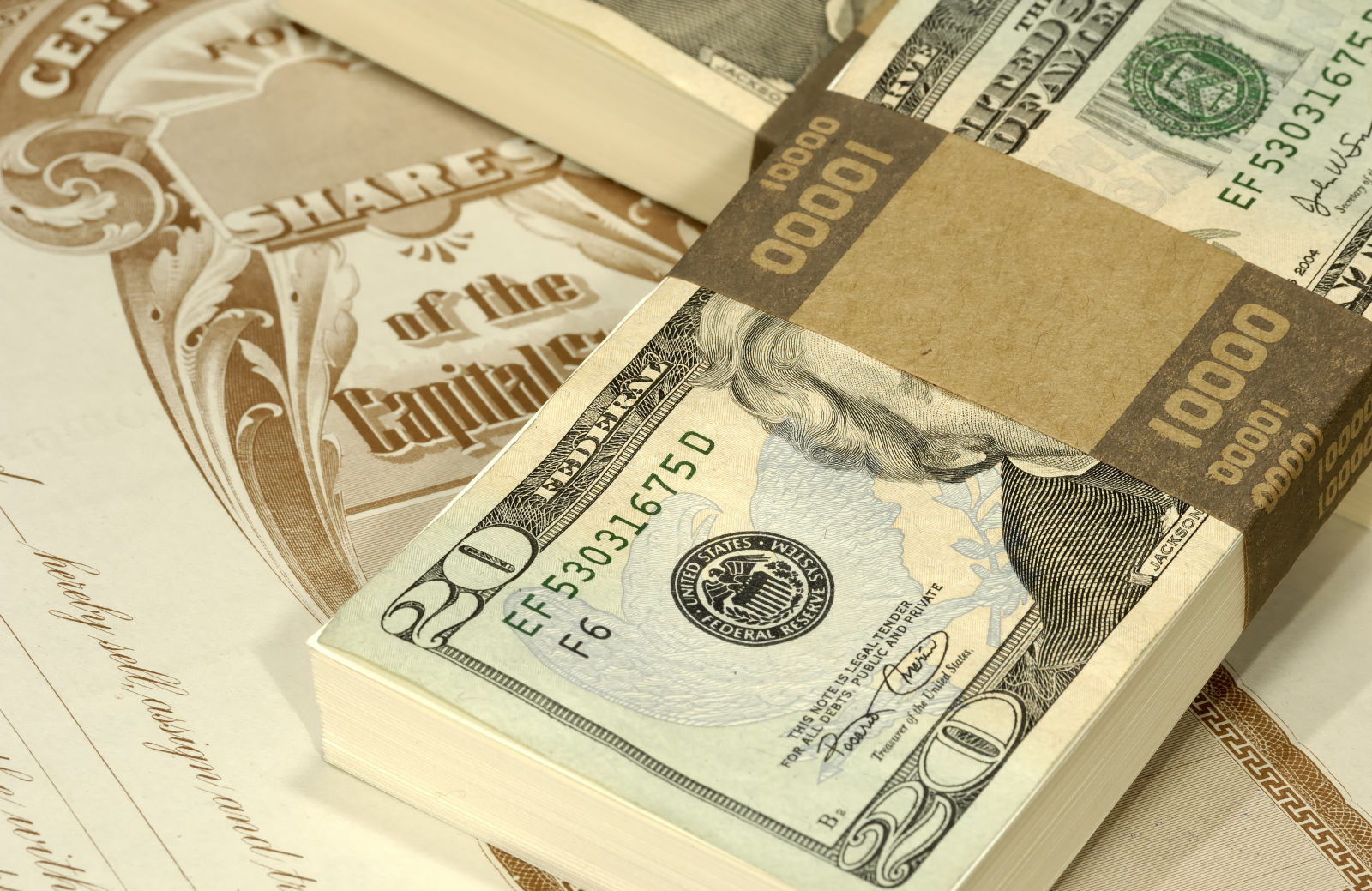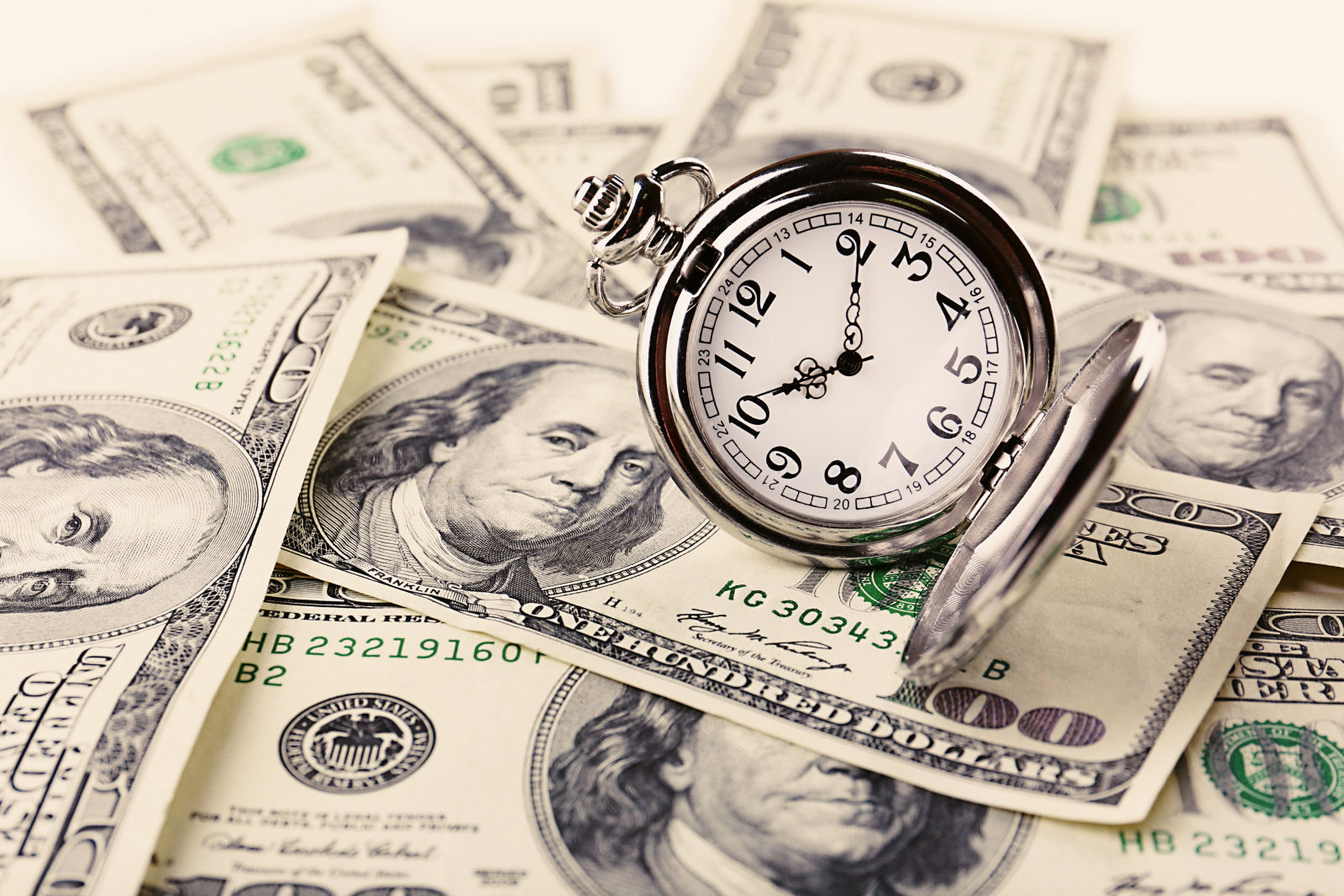 First I would like to apologize for not issuing these posts out as timely as I’d like to be issuing them. Definitely something I acknowledge as “needs improvement” and will make a point to prioritize accordingly. As mentioned in my recent post on my dividend income update for myself, I’ve been very busy on a side project to substantially reduce my monthly expenditures that I will hopefully be able to share very soon. It has taken most of my time here lately.
First I would like to apologize for not issuing these posts out as timely as I’d like to be issuing them. Definitely something I acknowledge as “needs improvement” and will make a point to prioritize accordingly. As mentioned in my recent post on my dividend income update for myself, I’ve been very busy on a side project to substantially reduce my monthly expenditures that I will hopefully be able to share very soon. It has taken most of my time here lately.
So it’s past due to once again provide an update of the dividends generated from my parents million dollar portfolio. I’m hopeful that by providing a monthly update of the dividend income that this idle portfolio produces, a light may turn on for someone that will realize how simple it is to manage your own money if it’s invested in high quality companies that share their surplus cash to owners. Dividends are issued to owners based on your pro-rata shares. The more shares that you own, the more profits you’re entitled to as a part owner. The beauty is that each dividend that get’s reinvested, almost guarantees you that you’ll receive a higher amount the next time around because your fractional shares will pay out too.
I hope this transparency will help expose and educate on the true nature of the compounding effect. As time goes by, I urge you to pay close attention to the two components at work 1) dividend reinvestment, and 2) growing dividend income. The dividend reinvestment provides more shares, such that the new shares payout their own dividends, and the growth of the dividend accelerates the compounding effect. What is more apparent with a larger portfolio, that is sometimes missed with a small portfolio, is the remarkable nature of the reinvestment. I’m currently forecasting this portfolio to pay out over $36,000 in dividends this year and every single dividend will be reinvested to earn even more dividends the following year. The companies I’ve invested in for my parents typically increase their dividends annually as well.
By focusing on the dividends received, rather than the portfolio value, I hope to help my readers become aware that being a long term owner of some of the most profitable businesses in the world is really my preferred way to reduce risk in portfolio management. All it takes is awareness, and a disciplined approach to accumulating these assets month after month, so that one day this money will fully fund your recurring and nonrecurring expenses in retirement.
June 2016, turned out to be a personal best and monthly all time peak for this portfolio at $5,298.81!!! This amount marks a 56.21% increase from the $3,392.16 received in June of 2015. See table below:
NOTE:I call this an idle portfolio, but approximately $225k was added in December of 2015 from a cash in-lieu of pension from a former employer.
Leading the pack is big oil! My parent’s portion of their ownership in Shell paid them $941.44 and BP paid out $613.50. In total for Shell, BP, CVX, and XOM, my parents portfolio (IRA + Roth IRA) received $2,383.42 from big oil profits. Since gas prices have been staying between $2 and $2.25, it’s been costing me approximately $28 – $30 to fill up a 14 gallon nissan rogue tank each week. Using a very rough estimate 1 fill up each week for 52 weeks out of the year costs in the neighborhood of $1,600 for the year. In theory, if I owned the amount of shares my parents owned, this could essentially pay for my gas for life. There’s a certain sweetness in my mind to think of how nice it would be to win free gas for life, and my parents portfolio could actually do that for them. And since there is a very small chance I could win free gas for life, I’m placing my money in these very assets to accumulate which will essentially guarantee my future self free gas for life one day.
If you’d like to see the impact of these dividends being reinvested, I’ve structured the portfolio views of my parents million dollar ownership portfolio in a manner to highlight the 1) new shares acquired through reinvested dividends, and 2) increases in the dividends over time. I’m using 5/22/2016 as my baseline date to track the progress from this point forward. The bottom three rows sums up the totals and indicates the % change and absolute change. Over time, you will be able to see the change in 1) shares, 2) the market value of their IRA, 3) declared dividends, 4) annual dividends received, and 5) even the yield on cost will increase over time.
If you take a look, this million dollar ownership portfolio already contains an additional 103.20 shares from dividend reinvestment since the baseline date of 5/22/16 when I started recording this information here at InvestorPeek.com

I’d love to hear your thoughts about this portfolio and the dividends this portfolio produces. Do you think it will last for the next 20 to 50 years? Your comments are highly encouraged and welcomed.
 July’s dividends received from my ownership shares in my taxable and retirement accounts have been recorded, and I’m sharing another monthly update for tracking the progress of my dividend income. My taxable accounts include Merrill Edge, fractional shares that remain in Computershare, and a couple of stocks I own in Loyal3. Cumulatively, there were 9 companies in which I own a small percentage stake in that sent me my portion of profits distributed as dividends for $39.90. Please don’t laugh, lol! The shares I’ve gifted this year has really set me back a couple of steps, but I intend to keep plowing ahead, paycheck by paycheck, month after month to continue to acquire ownership shares in the best businesses on the planet.
July’s dividends received from my ownership shares in my taxable and retirement accounts have been recorded, and I’m sharing another monthly update for tracking the progress of my dividend income. My taxable accounts include Merrill Edge, fractional shares that remain in Computershare, and a couple of stocks I own in Loyal3. Cumulatively, there were 9 companies in which I own a small percentage stake in that sent me my portion of profits distributed as dividends for $39.90. Please don’t laugh, lol! The shares I’ve gifted this year has really set me back a couple of steps, but I intend to keep plowing ahead, paycheck by paycheck, month after month to continue to acquire ownership shares in the best businesses on the planet. 





 Hello Again! This post marks my first post of my parents monthly dividends received at InvestorPeek. My parents have graciously agreed to let me share the progress of their portfolio alongside mine as a real life academic case study for the investment community to benefit from. My intentions are to educate folks on the power of Charlie Mungers “sit on your ass” investing technique, once you’ve accumulated a nice nest egg that’s filled with literally some of the best assets in the world. Gut check time will occur during the next bear market sell off if market values decline 10 – 40%, and I’m patiently optimistic my parents will agree to sit still and let compounding work its magic. Jeremy Siegel from his book
Hello Again! This post marks my first post of my parents monthly dividends received at InvestorPeek. My parents have graciously agreed to let me share the progress of their portfolio alongside mine as a real life academic case study for the investment community to benefit from. My intentions are to educate folks on the power of Charlie Mungers “sit on your ass” investing technique, once you’ve accumulated a nice nest egg that’s filled with literally some of the best assets in the world. Gut check time will occur during the next bear market sell off if market values decline 10 – 40%, and I’m patiently optimistic my parents will agree to sit still and let compounding work its magic. Jeremy Siegel from his book 


